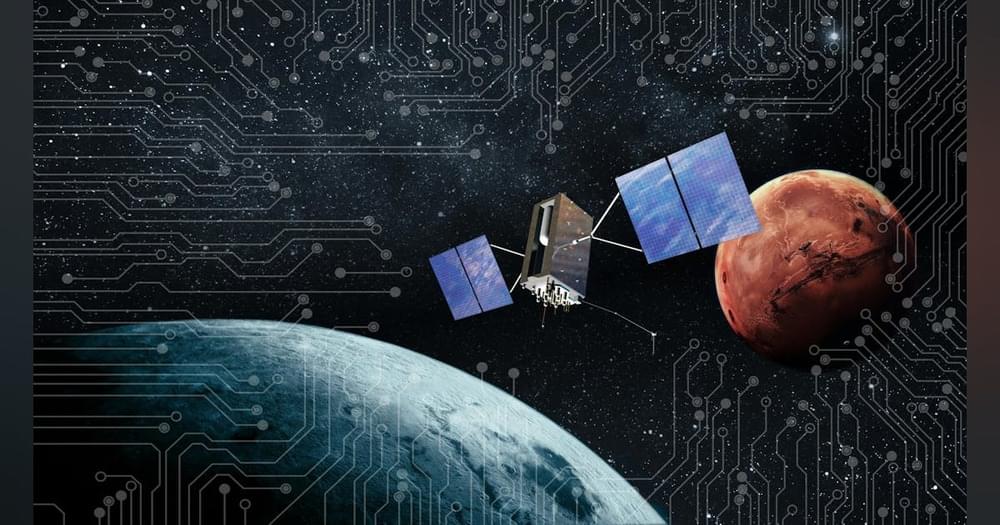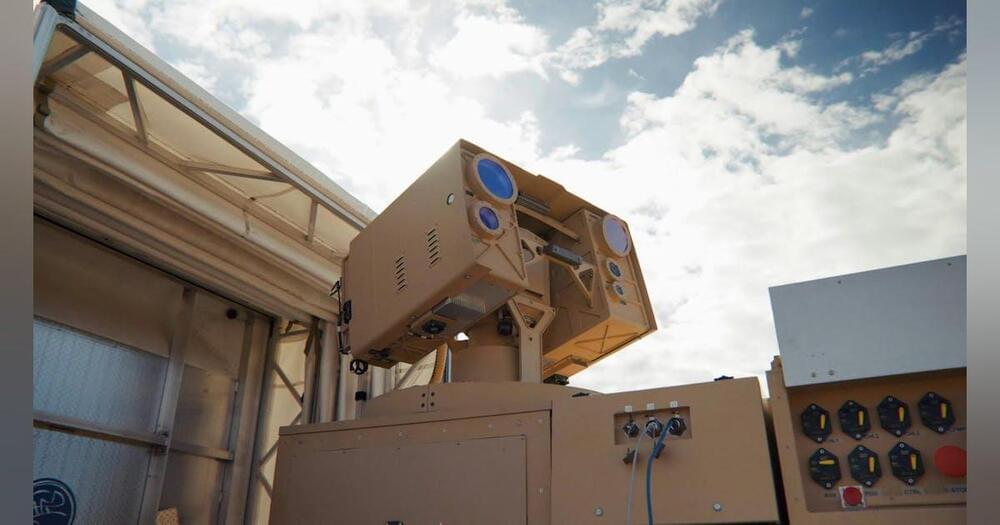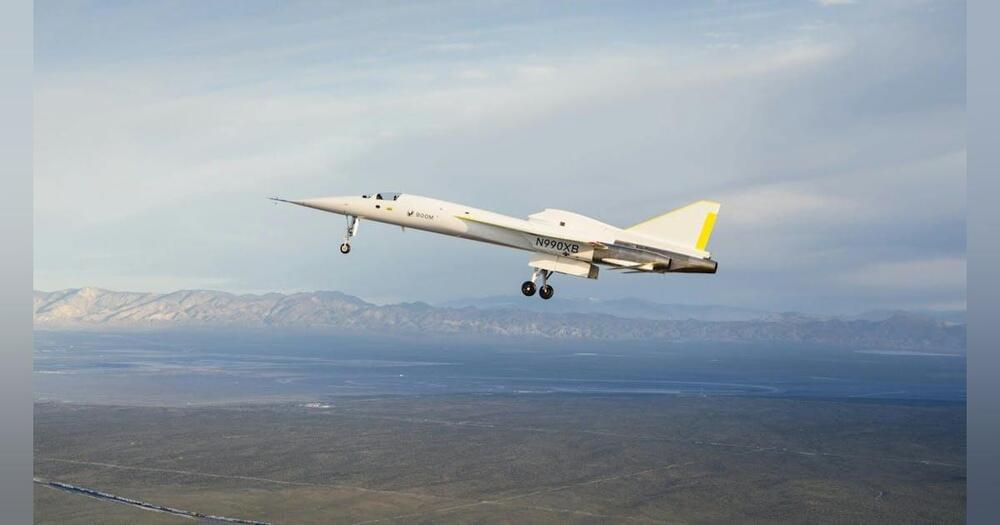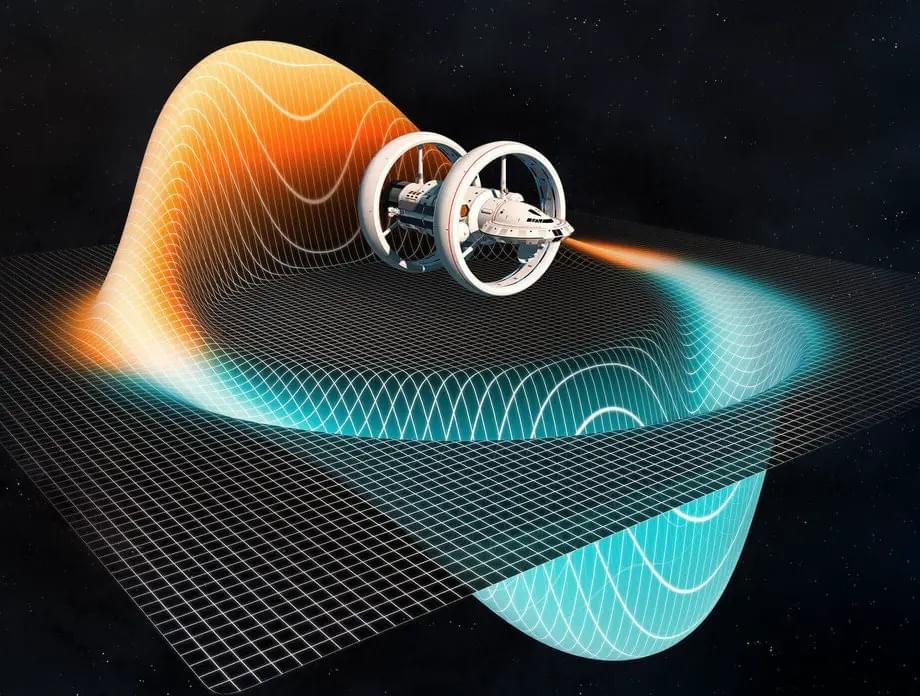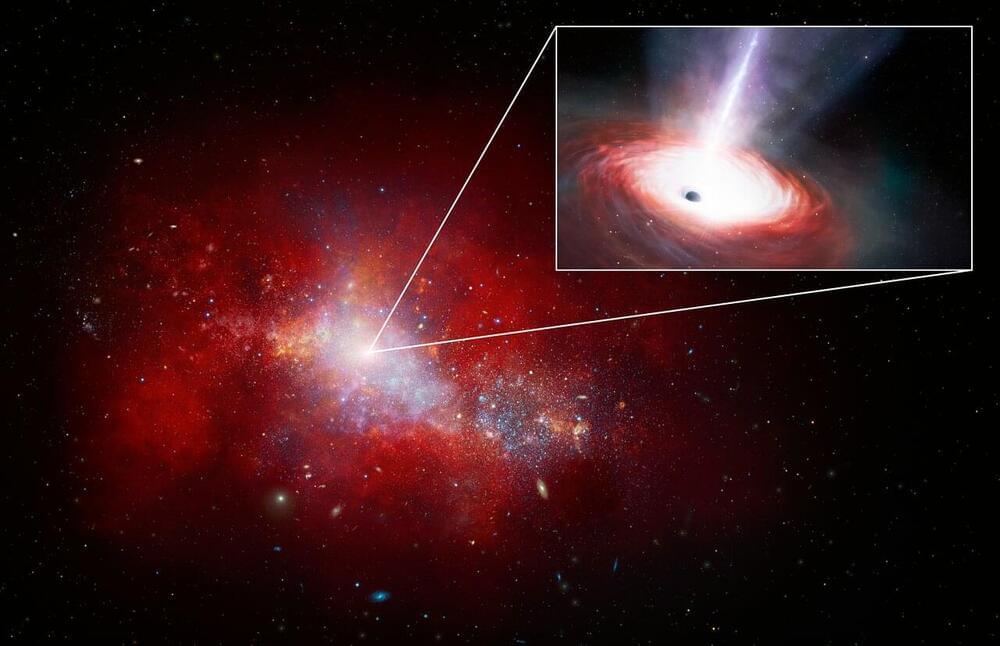Nov 9, 2024
Software design and development tools for radiation-hardened embedded computing introduced by BAE Systems
Posted by Saúl Morales Rodriguéz in categories: computing, satellites
Related: Radiation-hardened space electronics enter the multi-core era
The approach mitigates risk and enables easy adoption. The RAD510 computer board will launch in industry-standard 3U form factor and use software compatible with the BAE Systems RAD750 and RAD5545 computer boards.
The RAD510 embedded computing board is for the challenging environment of radiation and extreme temperatures of space. It is built on the BAE Systems RAD750 computer board that has enabled more than 100 satellites.
